The magic of London’s theatres, encapsulated perfectly by Peter Dazeley and Mark Rylance
Photographer Peter Dazeley has carved out a niche as a chonicler of London, providing views of the city that most people would never have a chance to see. Now, he's turned his attention to the city's beautiful old theatres.

Dazeley has taken pictures of 47 of London's theatres, including world-famous venues such as the Haymarket, Coliseum and Covent Garden Opera House.
It's not just the venerable old places that he's focused on, however: there are also images of newer sites including the National Theatre and the Young Vic, as well as the recently-opened The Other Palace. We'll leave it up to you as to whether you count Shakespeare's Globe as one of the newer or one of the older theatres featured...
The pictures are accompanied by words from theatre critic Michael Coveney (formerly of the Observer and Daily Mail) telling stories of each of the places and discussing the architecture.
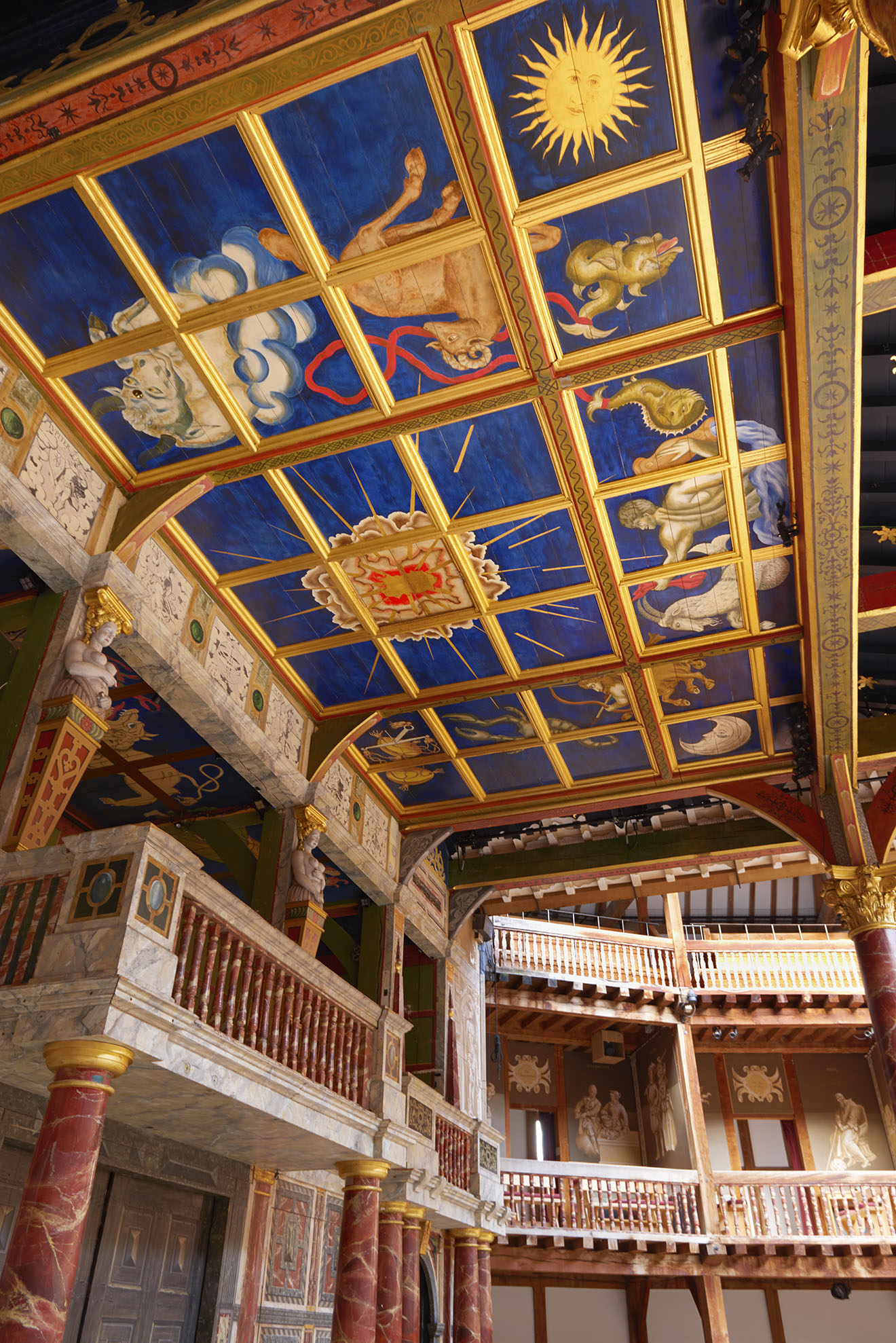
There is also a truly clever and thoughtful foreword from the actor, director and playwright Mark Rylance, discussing the things which are needed to make a theatre.
"In a theatre you need to hear the truth. In a cinema you need to see it," he writes.
"In a theatre, no one can get as close as a camera, many are more than ten rows away so the actors’ eyes are distant. The thought and emotion need to be heard in the voice. The eyes are important in the theatre but at distance the body even more so."
He also points out that pre-electrical lighting bore no relation to what actors have today – "footlights and such would have given some visual dominance to the stage but nothing like the blazing stage we now witness, or darkened auditorium" – hence the focus on the voice, something which lasts until this day.
Exquisite houses, the beauty of Nature, and how to get the most from your life, straight to your inbox.
"We clap our hands and make funny noises when we first walk out onto a stage, any stage, to check the acoustics. I also look up at the ceiling. In my experience, the best of these old theatres always have some circular device in their ornate ceiling.
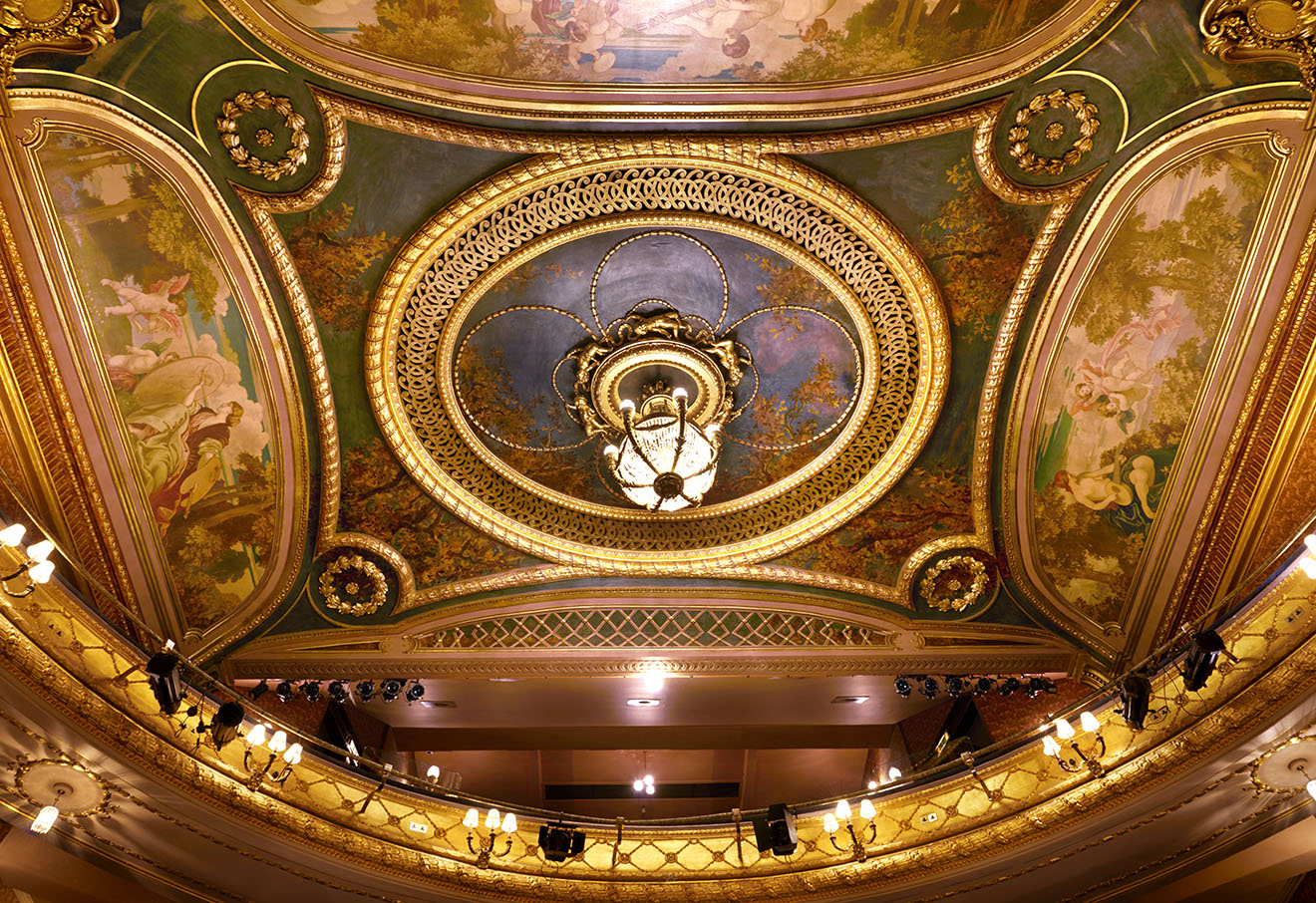
"I once toured Hamlet to eleven different cities in Britain playing all the old theatres, the King’s in Glasgow, the Palace in Manchester, the Olympia in Dublin. I learned to look up as soon as I arrived on Monday morning and when I saw a circular pattern in the ceiling above the auditorium, I knew we would be all right that week."
Rylance adds that circular design goes beyond the importance of sound - there's something magical in the circle itself, akin to a group of people sitting round a fire and swapping tales in "the earliest story-telling theatre known to man", as he calls it.
"It wasn’t just that the acoustics were probably problematic but that it was going to be harder to convince the audience that they were in the same room with us. We would be unconsciously perceived to be masters at the head of the table and they passive diners down the sides," Rylance explains.

"There is no top or bottom to a circular table or room. There is a centre and a circumference. The centre is invisible and the circumference visible. I feel the greatest theatres always have the irrational curve of a circle in their seating and design...
"They are not theatres in the round such as the Circle in the Square of New York or the Globe of Southwark. They are not even the semi-circle of a Greek amphitheatre, such as the Olivier at the National Theatre, but they haven’t forgotten their past."
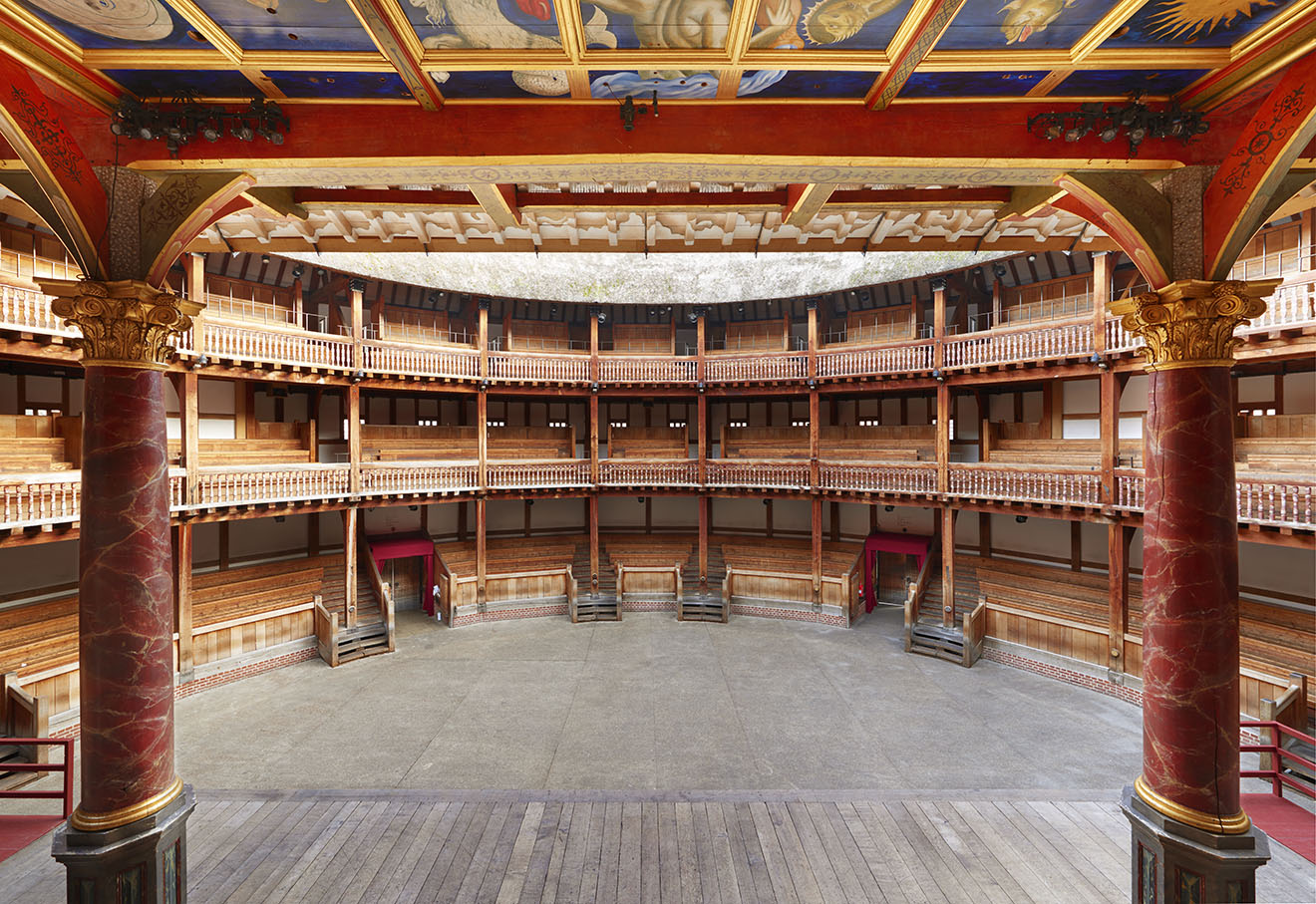
Toby Keel is Country Life's Digital Director, and has been running the website and social media channels since 2016. A former sports journalist, he writes about property, cars, lifestyle, travel, nature.
-
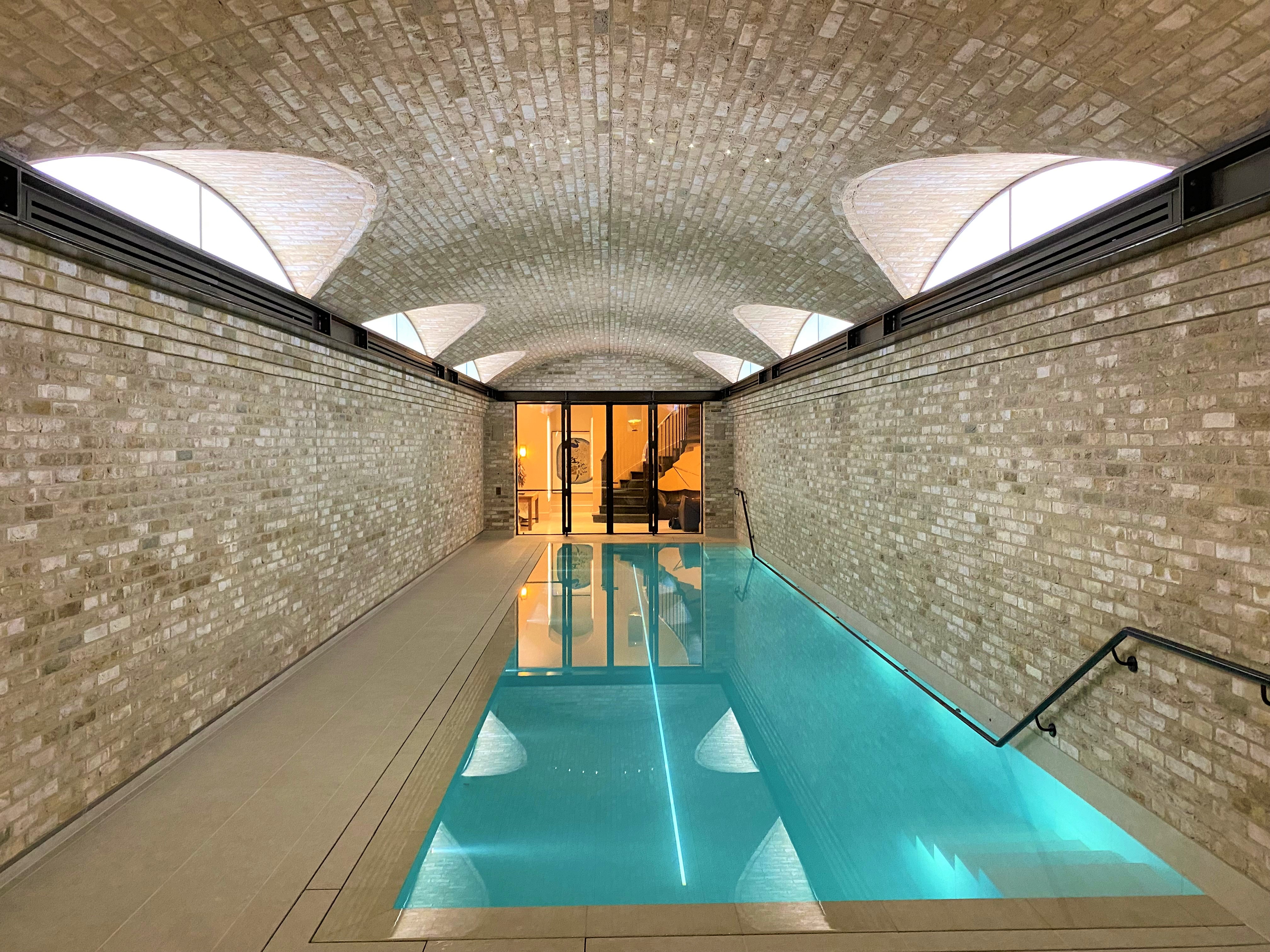 BLDA Architects
BLDA ArchitectsChelsea-based BLDA Architects have a team of architects, interior designers, and technicians.
-
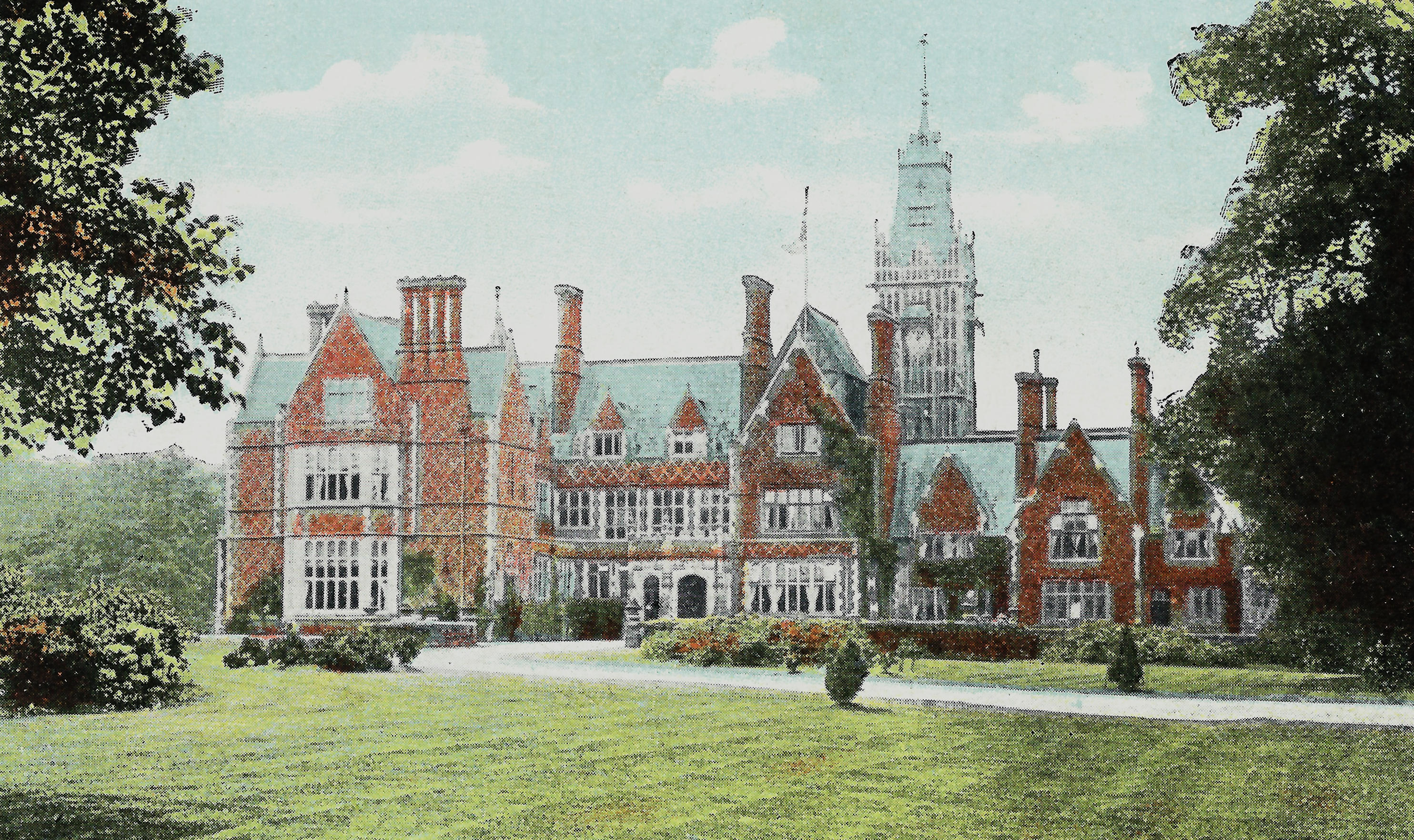 'Never has there been a more important time to publicise great Victorian and Edwardian buildings in peril': The importance of saving our historic buildings
'Never has there been a more important time to publicise great Victorian and Edwardian buildings in peril': The importance of saving our historic buildingsFor the 16th year, the Victorian Society is calling on the public to nominate Victorian or Edwardian buildings in England and Wales that are in need of saving.
-
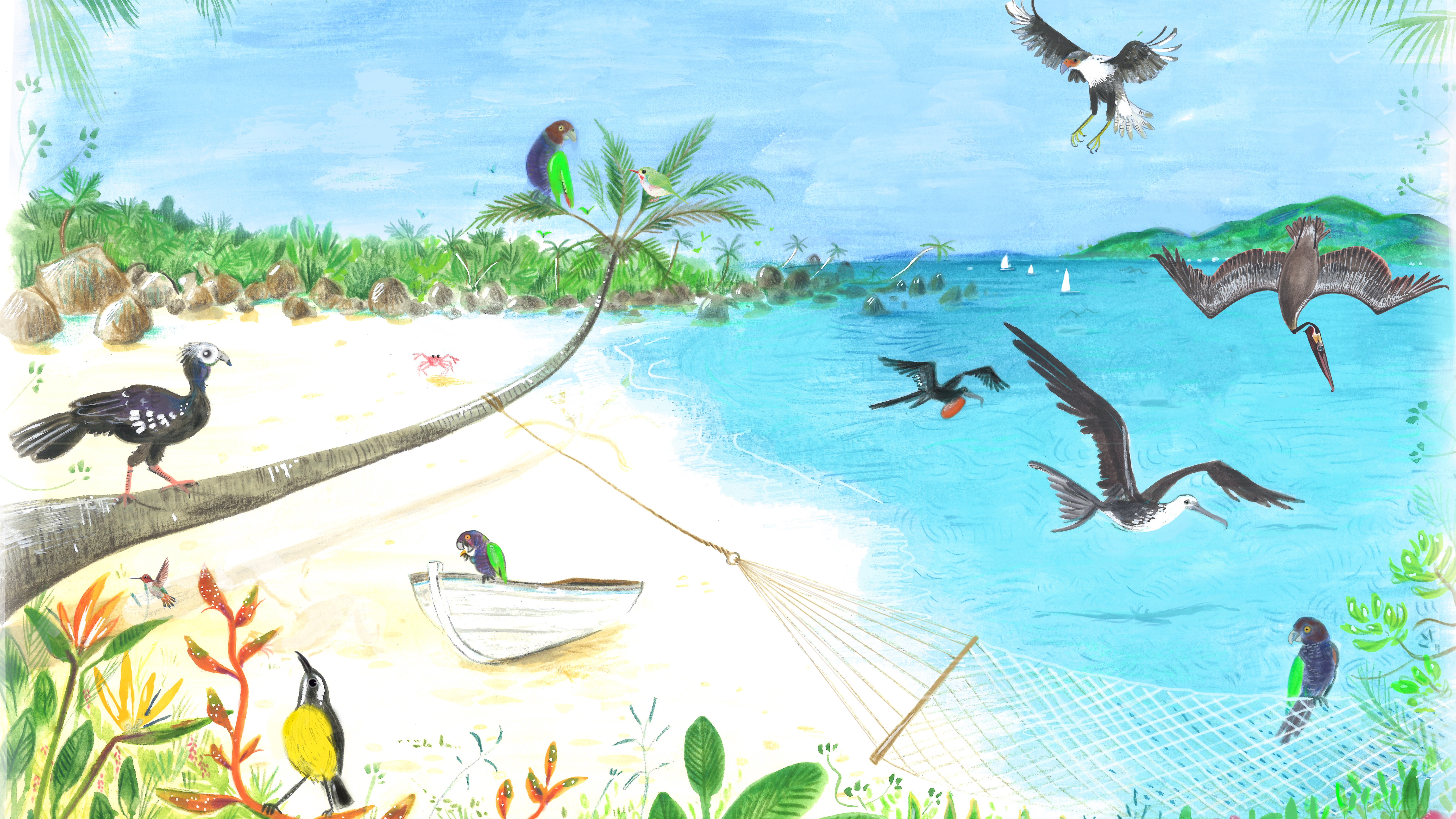 From the Caribbean with love: The other James Bond who wrote the definitive guide to tropical birds
From the Caribbean with love: The other James Bond who wrote the definitive guide to tropical birdsThe Caribbean plays host to a brilliant spectrum of colourful avians, says John Lewis-Stempel, as he revels in a birdwatcher’s paradise. Illustrations by Annabelle King.
-
 Best in class: This year's Georgian Group Architectural Award winners revealed
Best in class: This year's Georgian Group Architectural Award winners revealedThe Georgian Group’s Architectural Awards, sponsored by Savills, attracted another outstanding crop of entries this year. We reveal the winners, as chosen by a panel of judges chaired by Country Life's Architectural Editor, John Goodall
-
 ‘Pope Paul V remains a popular effigy today, and gets blown up in Lewes most years’: A five minute guide to England’s wackiest Bonfire Night celebrations
‘Pope Paul V remains a popular effigy today, and gets blown up in Lewes most years’: A five minute guide to England’s wackiest Bonfire Night celebrationsThe market town of Lewes in East Sussex has not one, not two, but seven bonfire societies and its celebrations have been labelled the ‘only proper Guy Fawkes night left’.
-
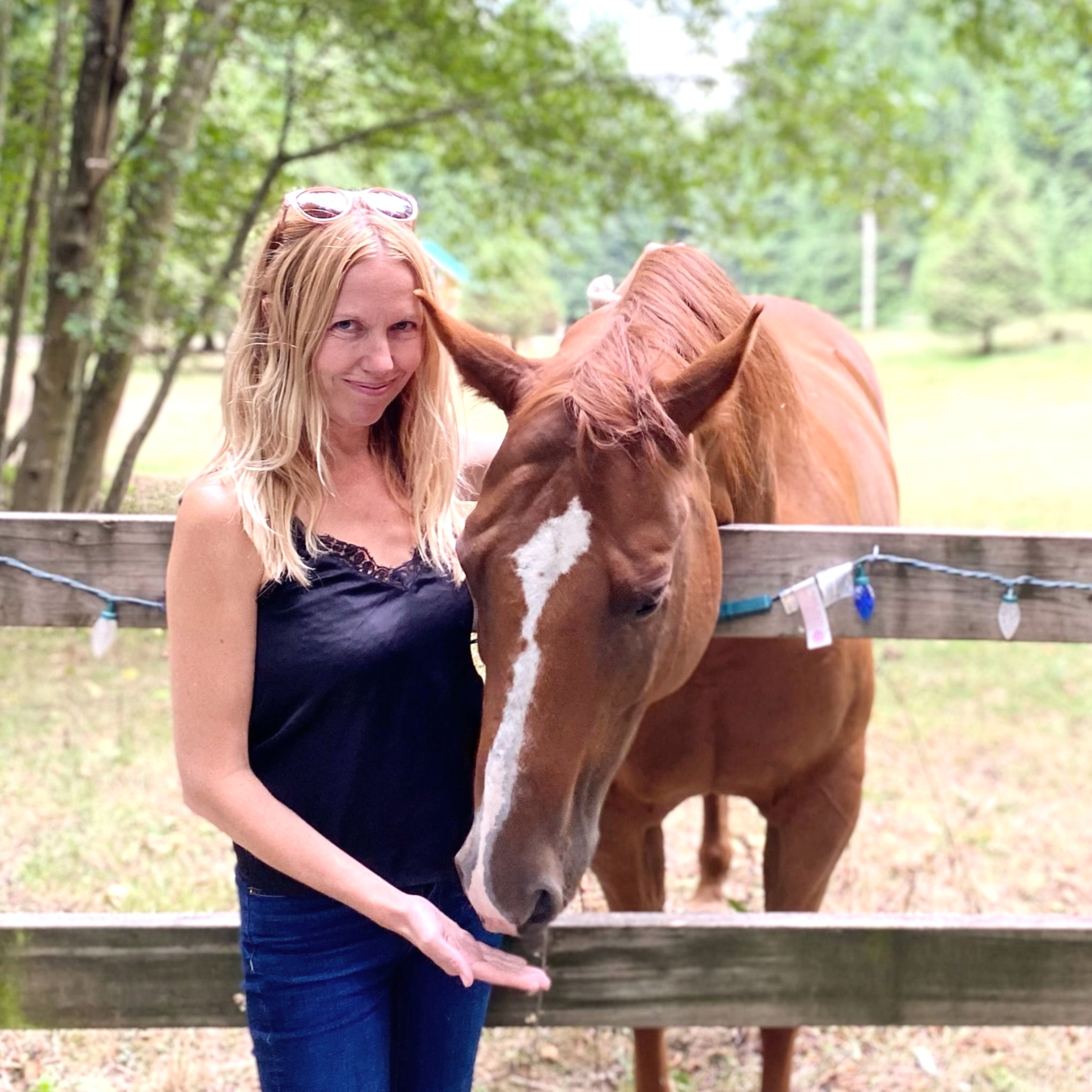 Amelia Thomas: The woman who learned to talk to animals
Amelia Thomas: The woman who learned to talk to animalsAmelia Thomas, the real-life Dr Dolittle who spent years decoding how animals talk, joins James Fisher on the Country Life podcast.
-
 How to keep your dogs — and other wildlife — safe on Bonfire Night
How to keep your dogs — and other wildlife — safe on Bonfire NightAnyone who’s ever owned a dog will remember, remember the 5th of November — not just for the Gunpowder Plot, but for the nervous wrecks it turns our dogs into.
-
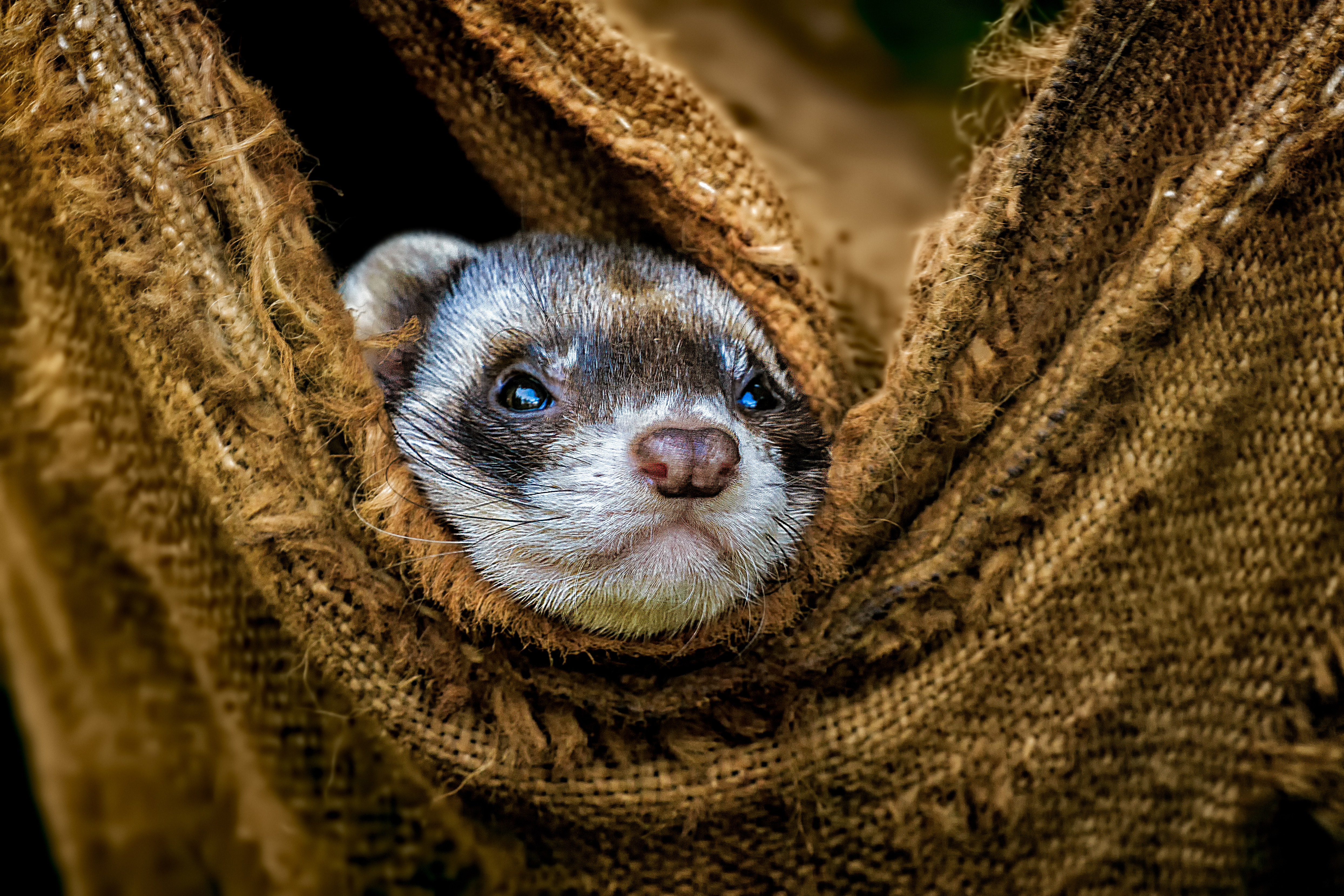 Man's (new) best friend: Slinky, swift and sweet, a furry ferret is a worthy household companion
Man's (new) best friend: Slinky, swift and sweet, a furry ferret is a worthy household companionFerrets are a perfect pet — just don't let them loose in the British Museum, Octavia Pollock writes.
-
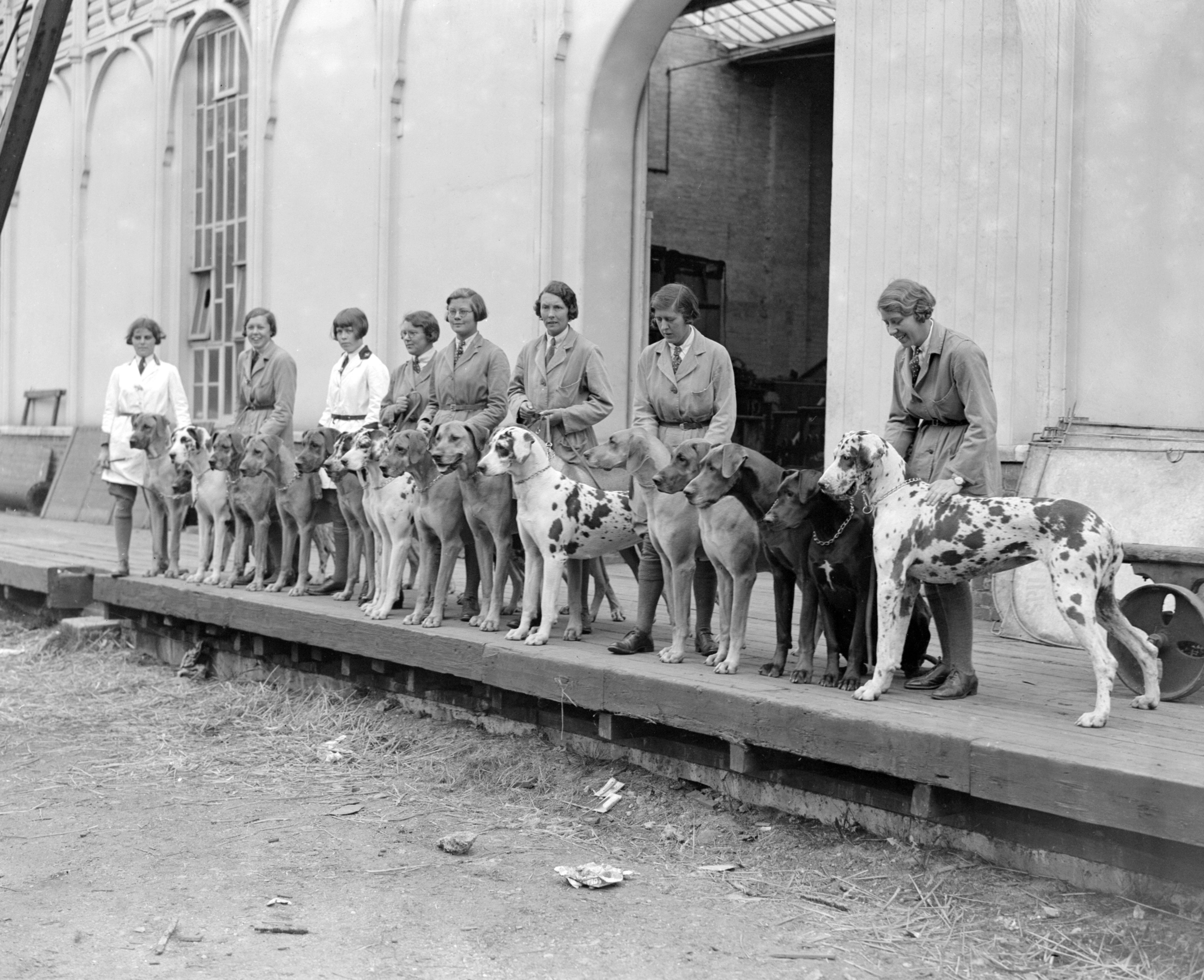 Great Danes: These gentle giants need space, strength and industrial-strength sofas
Great Danes: These gentle giants need space, strength and industrial-strength sofasGreat Danes were originally bred to hunt big game, but they’re more into cuddles than killing.
-
 Cocker spaniels: The indefatigable dog breed with medieval lineage that stole David Beckham’s heart
Cocker spaniels: The indefatigable dog breed with medieval lineage that stole David Beckham’s heartOnce bred to flush out woodcock, now found in royal estates and Hollywood homes — the Cocker Spaniel’s charm knows no bounds.

